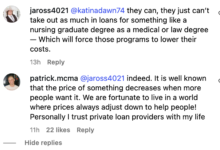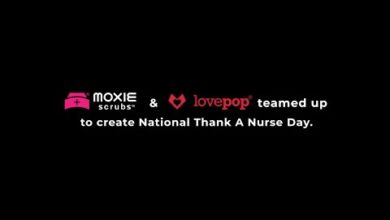Fighting for a Modernized Reimbursement System

Nurses from across the U.S. gathered in Washington, D.C., for the Legislative Task Force events hosted by the Commission for Nurse Reimbursement. Their mission? To advocate for a sustainable economic model that recognizes nurses as essential care providers and not just costs to the healthcare system.
Beginning in September, the halls of Congress have buzzed with the energy of frontline nurses, nurse leaders, and board members from the Commission for Nurse Reimbursement (CNR). These professionals came together, united in their call for change, and they’ll be back one more time in November. These diverse groups shared a common goal – revolutionizing how nursing services are valued and reimbursed.

Understanding the Problem
For too long, the nursing profession has been plagued by a flawed economic model that fails to acknowledge nurses’ value to the healthcare delivery system. This model, which views nurses as expenses rather than revenue generators, contributes to the ongoing nursing crisis characterized by understaffing, burnout, and compromised patient care. The CNR’s research team has begun creating alternative payment models for hospital nursing and partnerships with organizations across the nursing continuum to conduct research and develop other possible models.
The CNR’s Legislative Task Force, a volunteer group of nurses and other healthcare professionals, is working tirelessly to change this narrative. They are engaging with lawmakers to highlight the urgent need for a new reimbursement model that accurately reflects nurses’ contributions to patient outcomes and the financial health of healthcare systems.

CNR has been pleasantly surprised by the openness of policymakers and legislators. The outcome? The beginnings of a movement led by CNR leadership that can change the future of nursing for decades to come.

Some of the key outcomes include:
- Gaining traction: The CNR’s message is resonating with lawmakers. Meetings with key congressional staff revealed a growing awareness of the flaws in the current system and a willingness to explore alternative solutions.
- Shifting the paradigm: Legislators are surprised to learn that nurses are a cost to the healthcare system because their services are rolled into the room rate and that alternative payment models could be the answer. This newfound understanding is crucial in driving policy changes and recognizing nurses as providers and contributors to the financial bottom line.
- Bipartisan support for STEM Designation for Nursing: Along with pushing for a modernized reimbursement structure, volunteers educated policymakers on the need to designate nursing as a STEM profession, a move that could attract more funding and resources to the field. The CNR and the NursingisSTEM Coalition announced a partnership in the spring of 2024 and continue to work together to raise awareness. This initiative has the potential to garner bipartisan support, paving the way for legislative action.
- Frontline realities: During three meeting days on the Hill, nurses shared powerful personal stories of the consequences of understaffing, including workplace violence, patient aggression, being asked to do more with less, and compromised care. These firsthand accounts underscore the situation’s urgency and the need for immediate action by policymakers and other decision-makers.
- Creating a budget for nursing: Healthcare leaders emphasized the need for dedicated funding to support nursing care. Investing in nurses should not be considered an expense but an investment in quality patient care and improved health outcomes.
The CNR’s message is clear—addressing the underlying economic model is the only way to solve the nursing crisis. The organization’s leaders and a dedicated team of nurse and healthcare professional volunteers are working to create a sustainable future for the nursing profession.
The Task Force’s timing is strategic. With a new administration on the horizon, the CNR aims to ensure that nursing is a top priority in the first 100 days. By presenting innovative solutions to the nursing crisis, the organization seeks to influence policy and shape the future of healthcare. The last planned meeting for 2024 happens on November 14th.

Want to get involved? Visit the Commission for Nurse Reimbursement website to learn more about our mission. You can sign up for a newsletter or sign up for future volunteer efforts. There’s still time to volunteer for the November meetings, and more Task Force plans are in the works for 2025.
Let’s work together to ensure that nurses are valued and respected and that healthcare systems receive fair compensation for their invaluable contributions to healthcare delivery and patient care.








